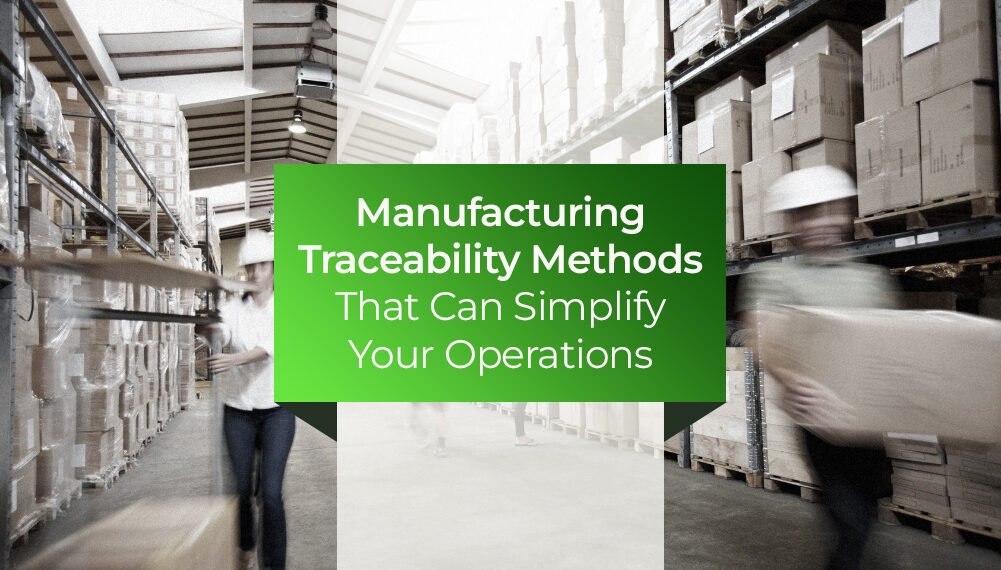Traceability is essential in today’s fast-paced manufacturing industry. It has a role in quality control, regulatory compliance, and operational efficiency. As consumers demand product safety and transparency, manufacturers must implement effective traceability systems for efficient tracking of goods from production to delivery.
There is a range of traceability methods that can prevent costly operational errors. They prevent product recalls and unnecessary waste. Read on to explore the best traceability solutions for your operations.
5 Manufacturing Traceability Methods for a Seamless Operation
1. Labeling and Scanning
Barcodes are among the traceability methods used in the manufacturing industry. They are used for labeling and scanning. The codes are used as labels for products, components, or packaging. Scanners are used to read the codes that allow item tracking at different stages of production and distribution.
Benefits of Barcodes:
- Cost-effective
- Easy to use
- Improves inventory tracking
- Simplifies data entry
- Reduces human errors
Industries served: Retail, logistics, food packaging, and pharmaceutical industries
2. Continuous Inkjet (CIJ) & Laser Marking Systems
CIJ printers and laser marking systems are also among the most effective manufacturing traceability methods. They directly affix permanent codes, batch numbers, or serial numbers onto products and packaging.
Benefits of CIJ Printers and Laser Markers:
- Non-removable marking
- Durable
- Supports high-speed production
- Works with a wide range of materials including plastics, metals, and glasses
Industries served: Electronics, automotive, food & beverage, and pharmaceuticals
3. Radio Frequency Identification (RFID)
RFID tags use radio waves for product data transmission. They are paired with RFID readers to enable real-time tracking without direct contact.
Benefits of RFID:
- Allows real-time inventory management
- High data storage
- Lower labor costs
- Improves efficiency
Industries served: Logistics, warehouse management, and supply chain tracking
4. Product Serialization and Unique Product Identification (UPI)
Products with a unique serial number or digital identifier can be tracked from production to the time they reach the end user.
Benefits of Product Serialization and UPI:
- Improves product authenticity
- Helps prevent counterfeiting
- SImplifies product recalls
- Supports regulatory compliance
- Facilitates global supply chain tracking
Industries served: Pharmaceuticals, medical devices, and high-value consumer goods
5. Blockchain for Traceability
This manufacturing traceability method prevents product tampering. A blockchain creates a tamper-proof digital ledger to keep account of production and distribution at every stage.
Benefits:
- Enables full transparency and security
- Prevents fraud and counterfeiting
- Facilitates industry regulations compliance
Industries served: Luxury goods, pharmaceuticals, and food
ALSO READ: Types of Industrial Vacuum Sealers that Support Your Operations
Manufacturing traceability methods are non-negotiables in terms of product safety and regulatory compliance. These solutions can contribute to your business success. They are essential for efficiency, compliance, and customer trust.
Explore the advantages of barcode systems, CIJ printing, and other technologies to know how they can benefit your business. Contact Elixir today so we can help with your industrial equipment requirements.

